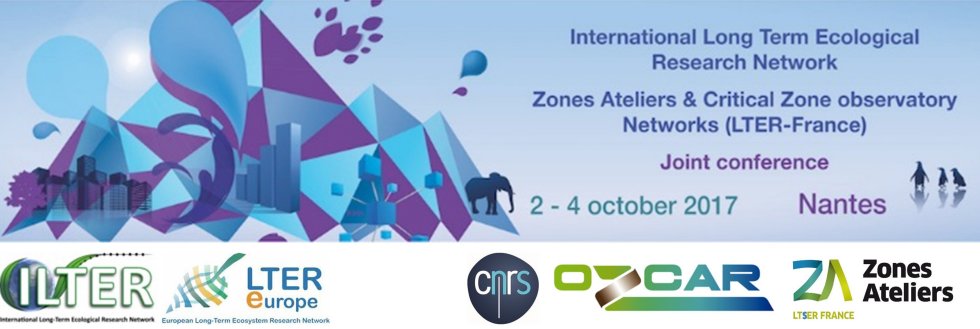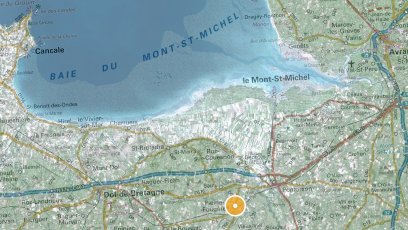
ILTER coordination committee > Fieldtrip
On Saturday Oct. 7 you will first visit the Zone Atelier Armorique at Pleine-Fougères, then you will travel to the Mont-Saint-Michel. In the evening you will be driven back toward the Loire River Valley (arrival at hotel (Hôtel Mercure Angers Lac de Maine) around 21:00, dinner). On Sunday 8, departure from hotel at 9:00 - 9:00 to 12:30: Angers metropolis with several presentations by J. Secondi and M. Fournier on flooding risks and biodiversity - 9:00 – 10h30: several stops around Angers (expansion area for flooding control, urban park, presence of Ludwigia peploides, etc.) - 10:30 – 12:30: Saint-Aubin Island (crossing by ferry and lunch at the farm). The island has been invested by Man since hardly a little more than 1000 years. In 970, the island was inherited by the Benedictine monks of Saint Aubin (of Angers). They decided to remove the very dense vegetation, to create a network of canals and drainage to dry swamps and develop agricultural activity which is still the main activity on the island. - 14:00 – 17:00: The Loire River valley with several stops and presentations by C. Boineau (migratory fishes), S. Greulich (vegetation), J. Secondi (invasive species), hydrology (F. Moatar). Include a stop at the “Corniche Angevine”. Culminating at a hundred meters, it is the result of a fault due to a volcanic eruption millions of years ago. It offers a breathtaking panorama over the whole valley of the Loire and Louet. - 17:00: Tours TGV station (TGV station at Saint-Pierre-des Corps, one hour by TGV from Paris)
Zone Atelier LoireThe Zone Atelier Loire (ZAL) is part of the LTER sites of the CNRS. It is a network of researchers and research units whose aim is the observation and study of the Loire river system. This includes the physical and biological components of this large hydrosystem, the human societies living on the catchment, as well as the interactions and co-evolution between the hydrosystem and societies. The scope of researches includes the historical and paleontological times which results feed studies on the present state of the system, and prospective about its evolution. Research is multidisciplinary and interdisciplinary bringing together Human and Social Sciences, Environmental sciences. It mainly concerns the interactions between Society and Environment that are directly or indirectly linked to the river and its main tributaries. Beyond basic research, the goal is to inform managers and policy makers, and provide knowledge and expertise for prospective decision on the territory. Research is organized in three themes. (1) Functioning and dynamics of the Loire system, (2) Development strategies of the territory, (3) Transfer knowledge and skills to managers and policy makers. The joint focus on historical (archaeology, paleoecology, geomorphology) and current status of the system (ecology, geography, land planning) is an original feature of ZAL that is not found in most research conducted on large hydrosystems in France or other countries. Another characteristics of ZAL is its geographical range that covers the whole hydrosystem (117 500 km2, about 20 % of French metropolitan territory). It is the largest continental French LTER, which implies that not all research activities are conducted at the scale of the ZAL, i.e. the catchment. Most projects are more local and mainly concern floodplains of Loire and Allier rivers, and some headstreams. Other studies focus on specific topics like cities and vineyards. At this local scale, a focus is currently given to the design, instrumentation, and implementation of a network of sites distributed across the catchment that will make possible a better assessment of the responses to global changes of the Loire river system. |



